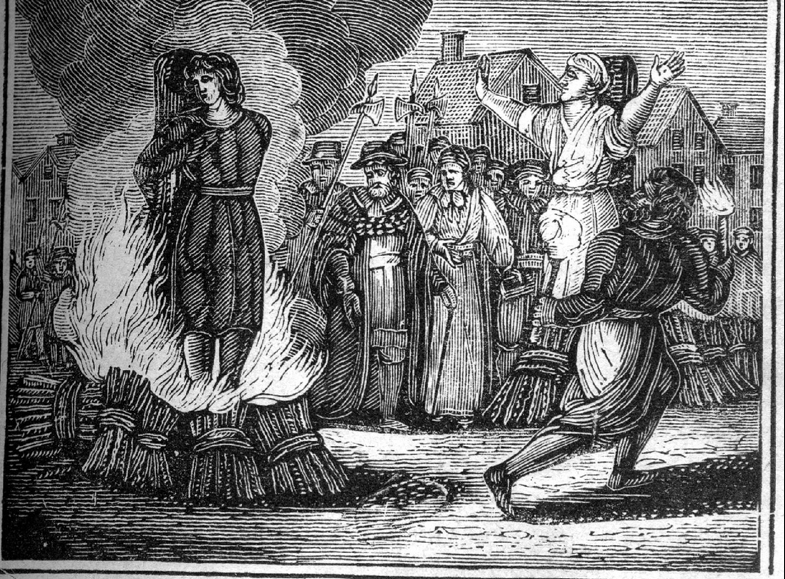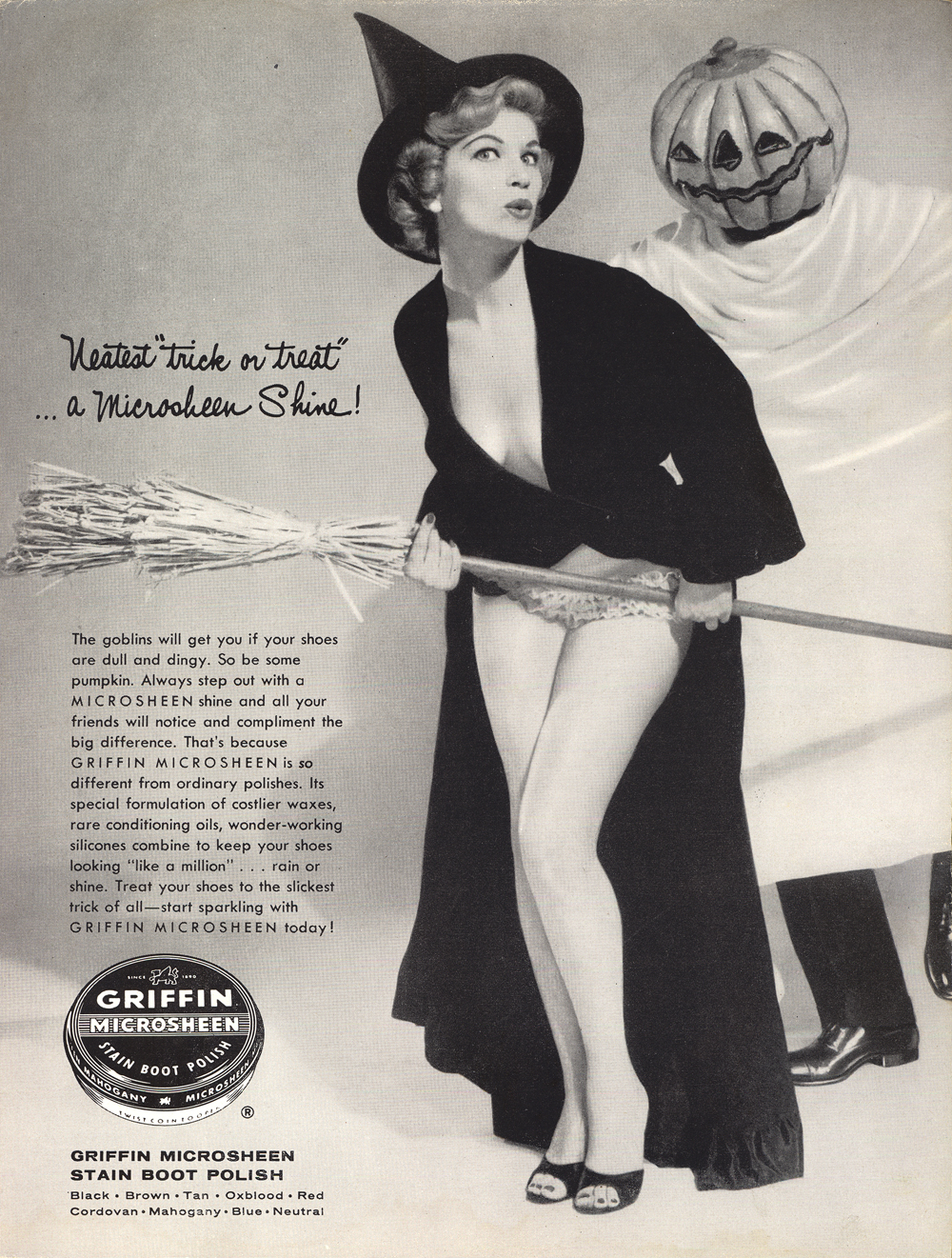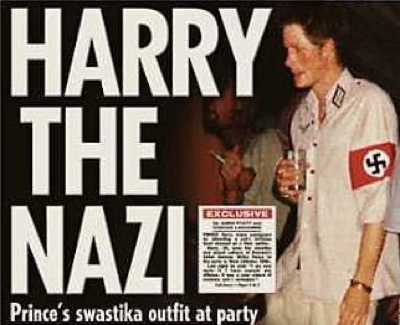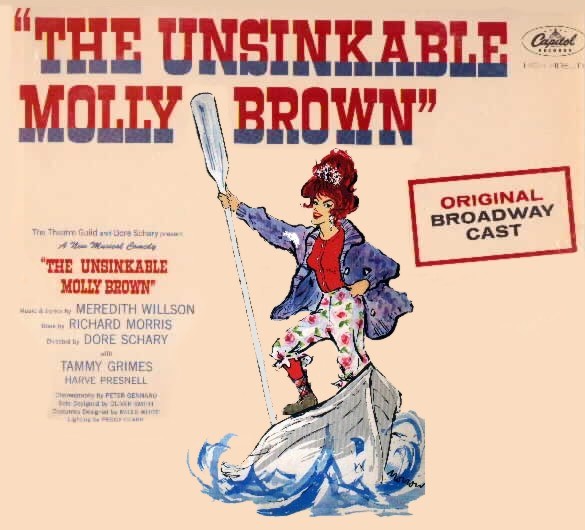Looking through one of my old notebooks from 2007 I found an entry called “FROM WITCH TO KITSCH.” It was trying to explain the timeline of when a horrific instance of mass death transforms into campy cultural fluff.
During the European witch trials, which lasted from the late 1400s to the mid 1700s, anywhere from 40,000-60,000 people were executed. The victims, mostly older women, were accused of wild sexual orgies with the Devil, whom they allegedly made a pact with to do harm to other members of their village. For these accusations these people were brutally tortured and made to confess, at which point they were often burned alive at the stake.
 Let’s reiterate: Old women. Brutally tortured. Made to confess to renouncing God and having wanton sex with the Devil. Burned ALIVE at the stake. Not really a bright spot in Europe’s history.
Let’s reiterate: Old women. Brutally tortured. Made to confess to renouncing God and having wanton sex with the Devil. Burned ALIVE at the stake. Not really a bright spot in Europe’s history.
And yet our current perception of witches has been overrun by campy Halloween crones and Disney movie villans. A child goes for Halloween dressed as a witch (as I did when I was 5) with NO sense of the bloody, grotesque history. I’m not making any judgement as to whether or not this is a problem — it is what it is.
 The fascinating part is the culturally enforced “waiting period” before something is appropriated as campy or comedy. For example, the Holocaust. Much like the witch trials, a minority group is decided to be “problem” to the general population. Again, people are executed in the most terrible ways imaginable. Another dark spot in European history.
The fascinating part is the culturally enforced “waiting period” before something is appropriated as campy or comedy. For example, the Holocaust. Much like the witch trials, a minority group is decided to be “problem” to the general population. Again, people are executed in the most terrible ways imaginable. Another dark spot in European history.
Yet, since the Holocaust happened 60 years ago, as opposed to 250 years ago, the rules are drastically different. Think of a 5-year-old going as a Holocaust victim for Halloween. The thought is abhorrent. Or a Bewitched style comedy about a plucky young woman at a concentration camp. You may remember a few years back when Prince Harry went as a Nazi for Halloween. There was an uproar. He apologized, but it seems he was a young man who was now two generations removed from WWII and just didn’t see the Nazis as anything other than caricatures to be mocked in a Halloween costume.
 The same principle applies to mass death via natural disasters or war. The Titanic sunk exactly 100 years ago today. The 1,514 passengers that died were drowned, crushed, and frozen by the violent wreck. It was a huge blow to the Western world’s perception that mere mortals could build an unsinkable ship.
The same principle applies to mass death via natural disasters or war. The Titanic sunk exactly 100 years ago today. The 1,514 passengers that died were drowned, crushed, and frozen by the violent wreck. It was a huge blow to the Western world’s perception that mere mortals could build an unsinkable ship.
Yet that has not stopped us from creating lavish Broadway musicals about its passengers.
And this especially amazing (I’m on popular culture’s side on this one) Falco video.
http://youtu.be/Q-XrgtfNRE0
Compare this to the events of September 11th. Yes, there was the element of terrorism that makes 9/11 far more brutal than the Titanic. But there is a similar narrative in how great symbols of man’s technological progress — towers and ships — were brought down. But the public sentiment is such that any entertainment making light of 9/11 is considered in extremely poor taste.
Thus far through history, it seems like 60-70 years is the gold standard for making death campy. Long enough for most people alive during the disaster or persecution to now be dead. But will the lightening-quick world of the internet change the timeline on that? This was brought up in the museum post from last week as well, where the argument was made that it appears ethically acceptable to tastefully display the dead in a museum setting as long as anyone alive while the corpse was alive is now dead.

